Whether we like it or not, wrinkles are a natural part of aging. Just like a cherished leather jacket develops creases over time, our skin tells a story through types of facial wrinkles, lines, and folds. But what exactly causes these marks, and do they reflect our emotions? More importantly, can we distinguish between the different types of wrinkles, and how can we approach them healthily and confidently?
You’ll learn that research suggests those fine lines around our eyes might be doing us a favor. Studies show that wrinkles can make us appear more trustworthy and genuine in specific contexts. However, understanding the science behind wrinkle formation and the various types can empower us to make informed choices about our skincare routine. We’ll look at how factors such as sun exposure, lifestyle choices, and genetics shape these visible signs of aging.
Table of contents
- Wrinkles as Windows to Our Emotions?
- Wrinkles That Could Be Mistaken for a Frown
- Beyond First Impressions
- The Many Types of Facial Wrinkles
- What Makes Your Face More Susceptible To Certain Wrinkle Types?
- What are Effective Methods for Diminishing Different Types of Facial Wrinkles?
- AnnieMak’s Solution to Differing Types of Facial Wrinkles
- FAQs about types of facial wrinkles
- Wrapping It Up!
Wrinkles as Windows to Our Emotions?
It’s fascinating how even the subtlest crease on our face can drastically alter how others perceive us. While some wrinkles may make us look “older,” they might simultaneously make us appear more approachable or trustworthy. It all comes down to the interplay between facial expressions, emotions, and how our brains interpret these cues.
Can You Really Tell If Someone’s a Happy Person Based on Their Wrinkles?
It might sound surprising, but our wrinkles don’t just tell a story of age; they reflect our dominant expressions and maybe even our personalities. Ever heard of “laugh lines” or “crow’s feet”? They’re often associated with happy memories and a life well-smiled.
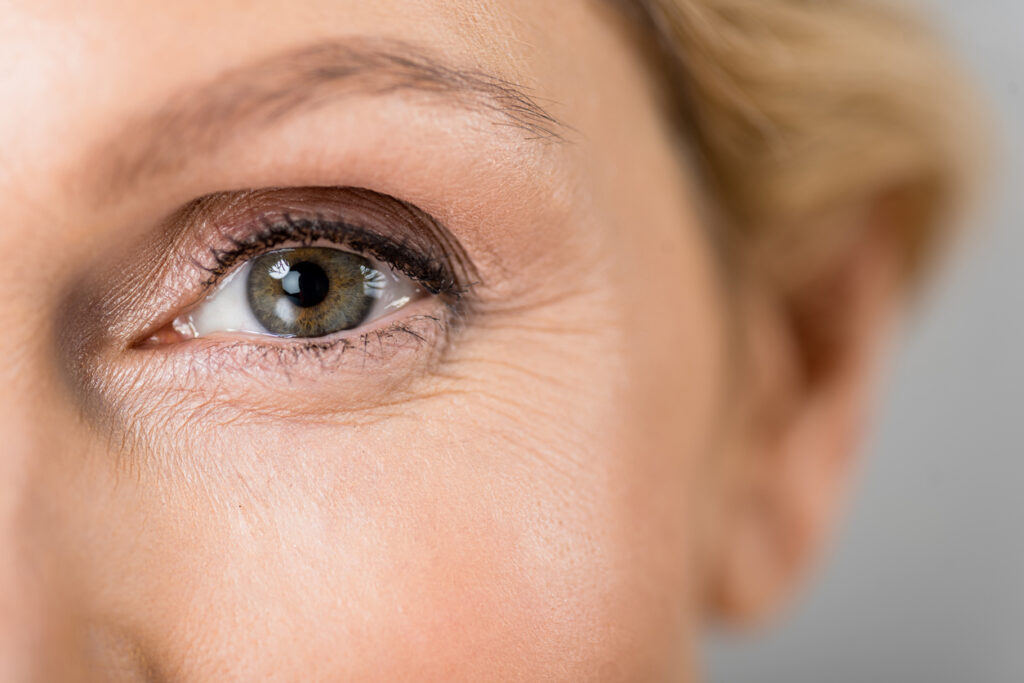
Research suggests these wrinkles, formed through years of expressing joy, may subconsciously signal to others that we are approachable and trustworthy. For instance, one study revealed that individuals with prominent wrinkles around the eyes, especially those extending outward (often from smiling), were more likely to be perceived as genuinely happy. This ties back to the concept of “Duchenne markers” – facial expressions involving specific muscle groups that signal genuine emotion.
The takeaway? Don’t shy away from expressing those joyful moments. Your wrinkles may be subtly communicating a message of authenticity to the world.
Wrinkles That Could Be Mistaken for a Frown
Now, let’s address the elephant, or perhaps the frown, in the room. Just as laugh lines hint at a sunny disposition, other wrinkles might inadvertently project a more serious, even grumpy, demeanor. Consider the infamous “resting bitch face” (RBF), a term that took the internet by storm.

But believe it or not, this phenomenon extends beyond memes; it’s become a subject of legitimate scientific research. Studies exploring RBF now utilize sophisticated technology to analyze minute facial muscle movements and expressions. These studies have found that certain wrinkles, such as prominent marionette lines (running from the corners of the mouth downwards) or deeply etched forehead furrows, might unintentionally convey displeasure, even if the individual feels neutral.
This doesn’t mean that individuals with these wrinkle patterns are unhappy. Still, this unintentional message projected by specific wrinkles is interesting, especially in social situations where first impressions matter. Curious to know if you might possess a neutral expression others perceive as less-than-approachable? There’s a test for that. Seriously. Give it a try.
Ultimately, awareness of how certain wrinkles influence perceptions allows us to make conscious choices about our expressions and non-verbal communication.
Beyond First Impressions
While the impact of wrinkles on social perceptions is undeniable, it’s essential to remember that wrinkles don’t define our personality or worth. Beauty comes in all forms, and the most beautiful smiles often come with beautifully etched laughter lines around the eyes. Embracing our individuality and understanding the diverse language of facial expressions empowers us to connect more deeply and authentically.
Joyful Imprints on Our Skin: Research suggests wrinkles formed through years of expressing joy, may subconsciously signal to others that we are approachable and trustworthy. Your wrinkles may be subtly communicating a message of authenticity to the world.
The Many Types of Facial Wrinkles
Most people tend to group all wrinkles the same, however, researchers say differently. As we age, we naturally develop different wrinkles, often categorized by how they appear on the skin. Scientists and skincare professionals recognize a classification system separating them into four distinct categories: Expression Lines, Wrinkle Folds, Atrophic Crinkling Rhytids, and Permanent Elastic Creases.
Expression Lines
Imagine scrunching your forehead in concentration or squinting at a sunny sky – those repetitive muscle movements lead to Expression Lines. Early on, they fade like temporary creases, but as we age and skin loses elasticity, they deepen, making the map of our expressions semi-permanent.
It’s no surprise areas where our muscles are most active, such as around the eyes (Crow’s Feet), between the brows (Frown or Worry Lines), or on the forehead (Forehead Lines) are prime locations for Expression Lines. Understanding the development of expression lines can aid in understanding how to reduce wrinkles on the face.
Wrinkle Folds
Think of our skin’s elasticity like a rubber band. With age, constant stretching and contracting, alongside gravity’s pull, result in a loss of snap-back. Enter: Wrinkle Folds. These more permanent residents on our face deepen existing creases or appear as entirely new grooves.
Often becoming noticeable as early as our late 30s, they settle around areas naturally prone to creasing, like Nasolabial Folds (smile lines) or Marionette Lines (running downwards from the corners of our mouths). They are more noticeable when seeking how to get rid of deep wrinkles.
Atrophic Crinkling Rhytids
Atrophic Crinkling Rhytids differ from their dynamic counterparts. Unlike expression lines or wrinkles folds, which form from repeated movements, crinkling lines are tiny, delicate, shallow creases often visible when skin is relaxed, hence the term “static” wrinkles.
Picture a thin, silk scarf; crinkling rhytids are like subtle creases across its surface. Primarily caused by the sun’s damage to our collagen and elastin (the building blocks of youthful-looking skin), these lines usually camp out on the forehead or eyelids. While nearly invisible when you smile or stretch those areas, they reappear as soon as the skin returns to its resting state. Learning to prevent these wrinkles is an important part of learning how to prevent wrinkles on your face.
Understanding the Language of Wrinkles: Awareness of how certain wrinkles influence perceptions allows us to make conscious choices about our expressions and non-verbal communication.
Permanent Elastic Creases
Unlike their less-permanent counterparts, Permanent Elastic Creases tend to settle in deeper, becoming a permanent fixture on our face over time. While naturally occurring, they’re likelier to etch themselves onto sun-worshippers and smokers.
These deep grooves typically grace the nasolabial folds (those lines framing your smile), upper lip, or the base of your neck. Factors such as repetitive sun exposure or lifestyle habits that break down collagen accelerate their appearance. Those with permanent elastic creases may seek how to tighten skin on the face.
| Type of Wrinkle | Characteristics | Common Locations |
| Expression Lines | – Form due to repeated facial expressions – Can fade in younger skin but become more permanent with age – Usually appear first | – Forehead Lines – Crow’s Feet – Frown/Worry Lines (between the brows) |
| Wrinkle Folds | – Result of gravity, loss of skin elasticity, and repetitive movements – Appear as deeper creases or folds in the skin | – Nasolabial Folds (smile lines) – Marionette Lines (from corners of mouth downwards) – Jowls and Neck |
| Atrophic Crinkling Rhytids | – Fine, shallow, and static wrinkles (visible when the skin is at rest) – Primarily caused by sun damage | – Forehead – Eyelids – Chest |
| Permanent Elastic Creases | – Deep wrinkles in natural creases of the face – Influenced by sun exposure and smoking – More permanent, less likely to respond to topical treatments alone | – Nasolabial Folds – Upper Lip – Base of the Neck |
What Makes Your Face More Susceptible To Certain Wrinkle Types?
We all age differently. While we can’t completely escape those little reminders of a life well-lived, certain factors impact how and where wrinkles set up shop. Genetics and intrinsic aging processes play a role. But lifestyle choices pack a powerful punch when it comes to premature wrinkling. Wrinkles on the face can be a result of many of these factors.
Lifestyle
Our daily habits are more than just routines; they’re etched onto our faces—in the form of wrinkles, no less. While laughter lines reflect joy-filled years, lifestyle choices such as prolonged sun exposure without protection accelerate collagen breakdown, paving the way for fine lines to morph into deep-set creases.
Sun Exposure
In fact, Skincancer.org boldly declares that 90% of visible skin aging is a direct result of those sneaky UV rays. It’s why most dermatologists emphasize SPF. Think of it like this – each day you protect your skin from harmful UV exposure is an investment toward your future, wrinkle-reduced self. And speaking of investments, hydration is key.
Dehydration
Chronically dehydrated skin loses its plumpness and resilience, making it vulnerable to premature aging, resulting in – you guessed it – more prominent wrinkles. A good moisturizer, especially one with humectants (think Hyaluronic Acid), draws moisture into the skin, plumping it up like a juicy grape, making it less prone to wrinkling. Moisturizer is very important when learning how to get rid of wrinkles on your face fast.
Restful Sleep
But there’s more to it than meets the eye—and that “more” is sleep. Insufficient sleep sends stress levels soaring. Our bodies respond by pumping out cortisol – a notorious collagen-degrading hormone.
Studies show that quality sleep refreshes the mind and promotes cellular repair in the skin, preserving elasticity and keeping premature aging at bay.
Want youthful, healthy-looking skin? Prioritize sleep, SPF, and adequate hydration alongside a nutritious diet; they all play a supporting role in slowing down the visible signs of aging.
A Proactive Approach to Wrinkle Prevention: Achieving a smoother complexion is about adopting a multifaceted approach… tackling those wrinkles from both inside and out with a good balance of protective and proactive measures.
What are Effective Methods for Diminishing Different Types of Facial Wrinkles?
So, how exactly do we keep those fine lines in check and maintain youthful radiance? Achieving a smoother complexion is about adopting a multifaceted approach. This means tackling those wrinkles from both inside and out with a good balance of protective and proactive measures.
Start With Sun Protection – Your Best Weapon
Want to prevent 90% of those dreaded wrinkles? Most dermatologists would tell you that diligent sun protection is non-negotiable. The American Academy of Dermatology (AAD) says to cover up those delicate areas that are exposed to the sun daily with sunscreen, clothing, and wide-brimmed hats to protect yourself from UV radiation.
Remember, UV rays are sneaky; they penetrate clouds and even reach us through windows. Consistent sunscreen use is your secret weapon against those telltale signs of sun damage, preventing premature wrinkling. Sun protection is one of the best tips for how to prevent wrinkles under eyes.
Give Your Skin the VIP Treatment
Looking beyond protection? Let’s dive into treatments that not only maintain but elevate your skin’s natural vibrancy. One option that packs a serious anti-aging punch: Radiofrequency (RF) treatments.
How do they work? This nonsurgical procedure delivers controlled heat deep into the dermal layers, encouraging collagen production – our skin’s natural scaffolding for a firm, youthful look. Imagine it as a mini workout session for your face, tightening and toning from within. The best part? Research backs its effectiveness. Studies show that RF treatments significantly reduce facial wrinkles and improve skin texture.
Most people who opted for RF were happy with the results – smoother, tighter, younger-looking skin. Keep in mind; patience is a virtue. Results become more pronounced over a few weeks as collagen rebuilds. If you are someone who prefers non-invasive, long-term results with minimal downtime? This procedure just might be the ticket to refreshed and revitalized skin. Speak with your dermatologist or a certified professional to discuss if RF aligns with your skin’s specific needs and goals.
AnnieMak’s Solution to Differing Types of Facial Wrinkles
As many of you know, the journey of skincare is both essential and nurturing, a path to not just external beauty but internal well-being. It’s with this spirit of rejuvenation and care that we introduce to you a truly transformative experience—AnnieMak’s Complete Skin Rejuvenation Kit.
Crafted with diligence and love, our Complete Skin Rejuvenation Kit is a beacon of hope for those navigating the complexities of mature and aging skin. Within this exclusive collection, you’ll discover full-sized versions of our most cherished products: the Reverse Anti-Aging Serum, Restore Vitamin C Serum, and Renew Eye Cream. These natural and organic skincare wonders are the result of rigorous scientific formulation, designed to deeply nourish your skin, refine texture, and fortify firmness, culminating in a visibly softer, smoother, and more radiant complexion. Say goodbye to age spots, lines, and wrinkles, and embody the glow of health and youth.
FAQs about types of facial wrinkles
You bet. Wrinkles aren’t a one-size-fits-all phenomenon. Researchers categorize those telltale signs of aging into four distinct types based on their appearance and underlying causes: Expression Lines, Wrinkle Folds, Atrophic Crinkling Rhytids, and Permanent Elastic Creases. Understanding the differences is key to tailoring an effective skincare plan that caters to your skin’s specific needs.
Examining your face in a well-lit mirror reveals a lot. Fine lines (like Crow’s Feet) around the eyes or forehead typically suggest Expression Lines, whereas deeper creases like Nasolabial Folds point towards Wrinkle Folds. Tiny, crepe-like creases primarily noticeable when your face is relaxed indicate Atrophic Crinkling Rhytids, while pronounced grooves in natural creases, often deeper, could be Permanent Elastic Creases.
While no “one size fits all” solution exists regarding wrinkles, different facials address different concerns. For a deep-cleaning, exfoliating option, Microdermabrasion gently buffs away dead skin cells and can diminish the look of fine lines. For boosting collagen and targeting deeper wrinkles, consider treatments such as Hydrafacials that involve serums and antioxidants. Always remember to discuss your skin concerns and expectations with a certified aesthetician for tailored treatment options that will meet your individual needs. Facials can be very effective in helping someone learn how to tighten face skin.
Those crease lines, often referred to as “sleep lines,” form due to repeated pressure and friction while you sleep. Sleeping on your side often exacerbates these lines, especially as your skin naturally loses its youthful bounce and struggles to regain its shape after being compressed for extended periods. While unavoidable, adopting a consistent skincare regimen (like using a good moisturizer.) and considering silk pillowcases (less friction on delicate facial skin) can minimize their appearance.
Wrapping It Up!
Types of facial wrinkles, while a natural aspect of aging, often bring a wave of emotions for men and women, ranging from slight concern to complete acceptance. However, knowing we can impact our skin’s aging journey by making smart choices empowers us to maintain youthful vibrancy longer.
By recognizing the impact of things like prolonged sun exposure and making informed choices to mitigate those factors, like religious SPF application, we can navigate these changes gracefully. Remember, embrace your individuality because confidence shines through any perceived imperfection.

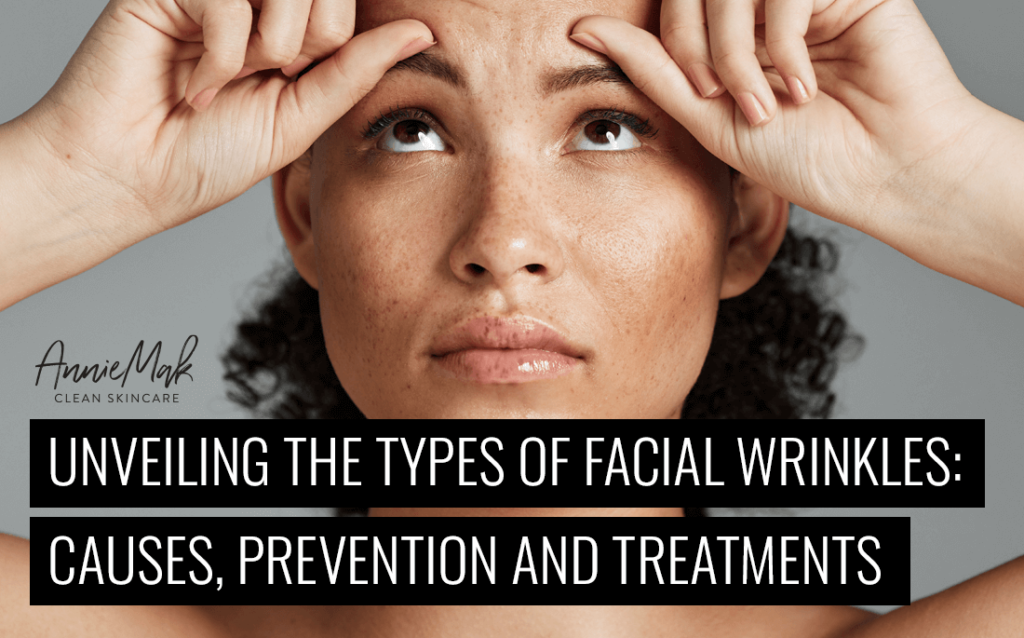




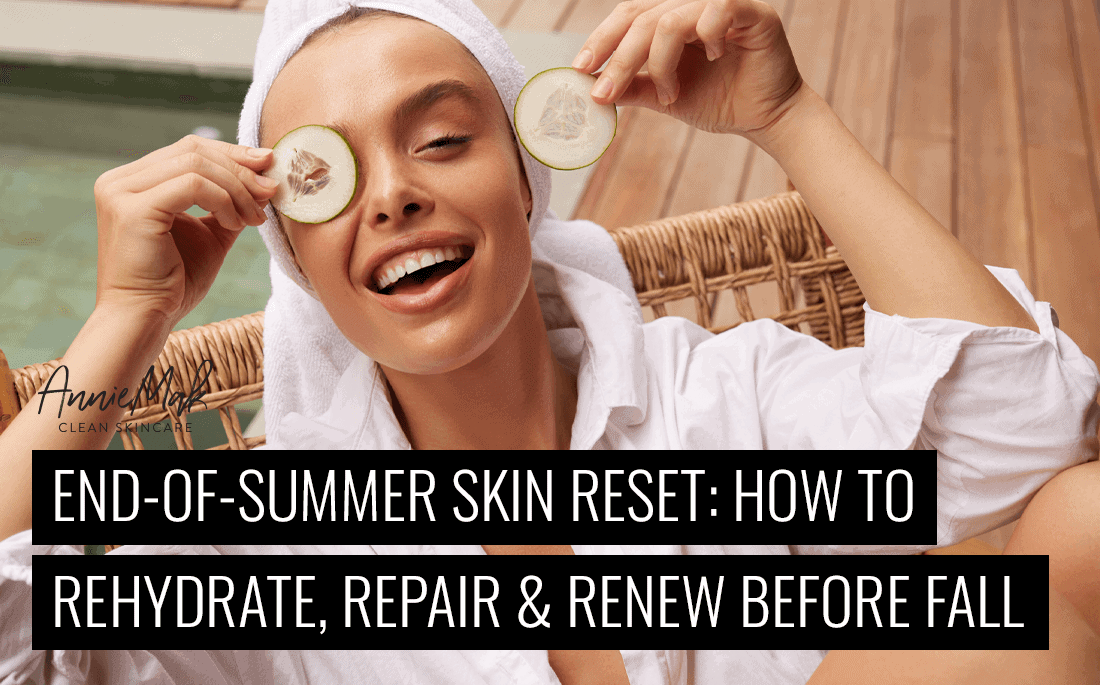
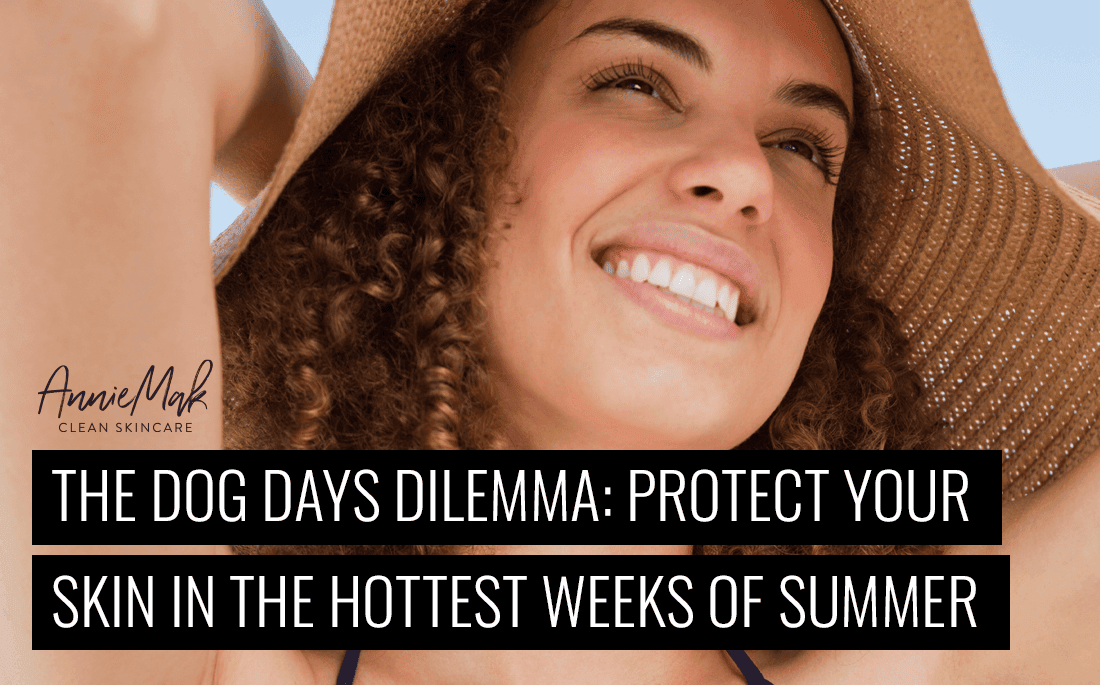
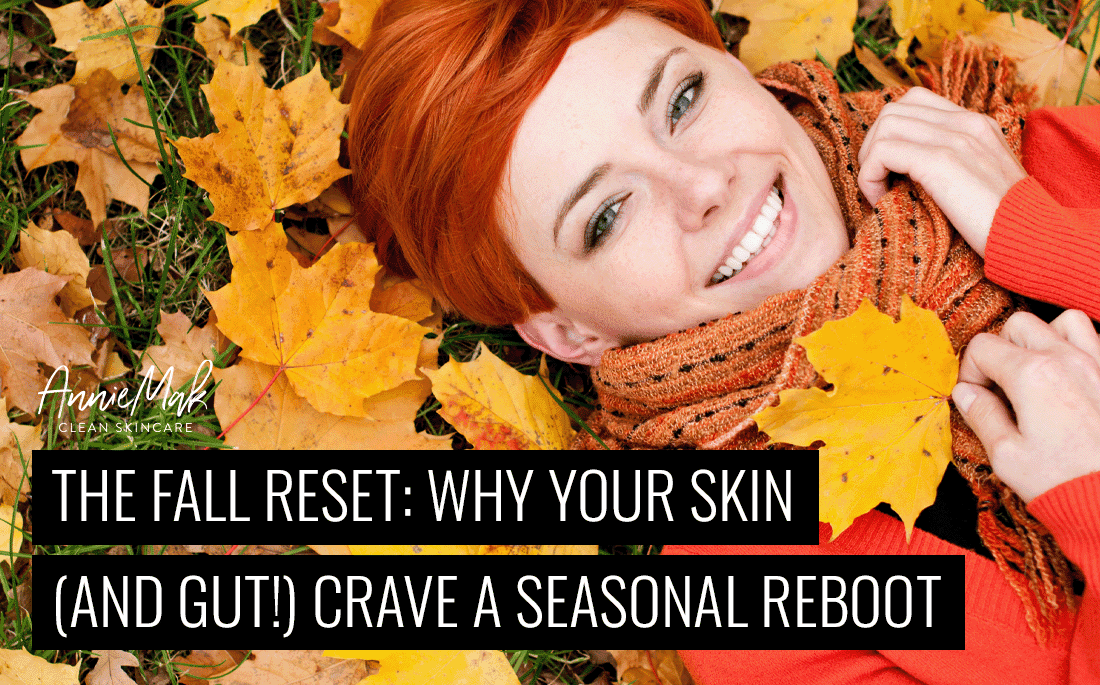

Leave a Reply